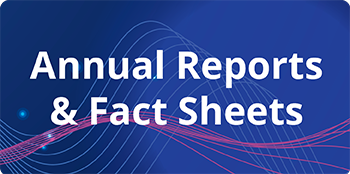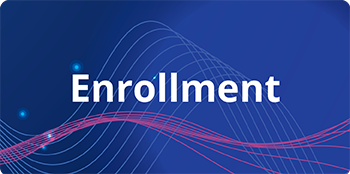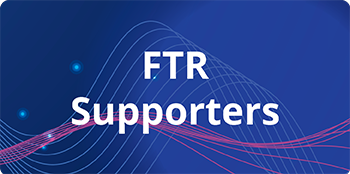
The AAOS Fracture & Trauma Registry (FTR) captures national data on five of the more common fractures: Ankle, Distal Femur, Distal Radius, Hip and Proximal Humerus. As of July 2024, national representation of more than 19,000 procedures have been submitted by hospitals, ambulatory surgery centers, and private practice groups.
FTR Participation Benefits
Participating in the FTR provides actionable information to guide clinical decision making to improve the quality of care, patient safety, and treatment outcomes.

Learn About Quality Collaborations
Registry data can help meet a participating site’s requirements for collaborative programs like quality certifications and federal quality initiatives.

Data in Practice
Discover how registry data transforms orthopaedic practice with real-life results—click to explore FTR case scenarios and the transformative impact of data-driven healthcare.
Registry Enhancements
Learn about recent updates to the RegistryInsights platform and new opportunities to engage with AAOS Registry data.






